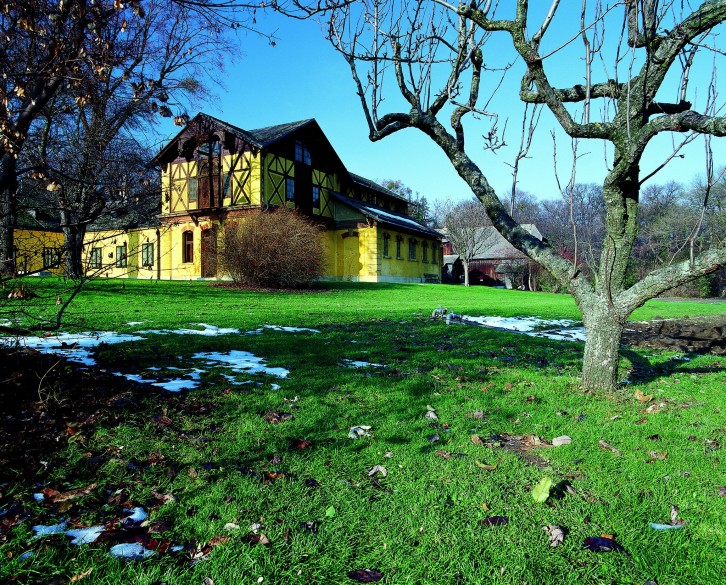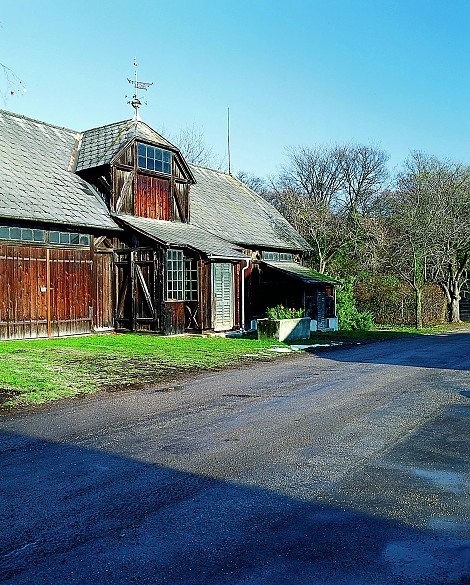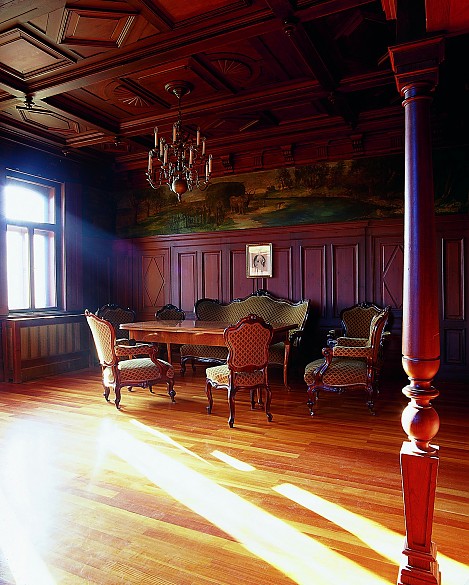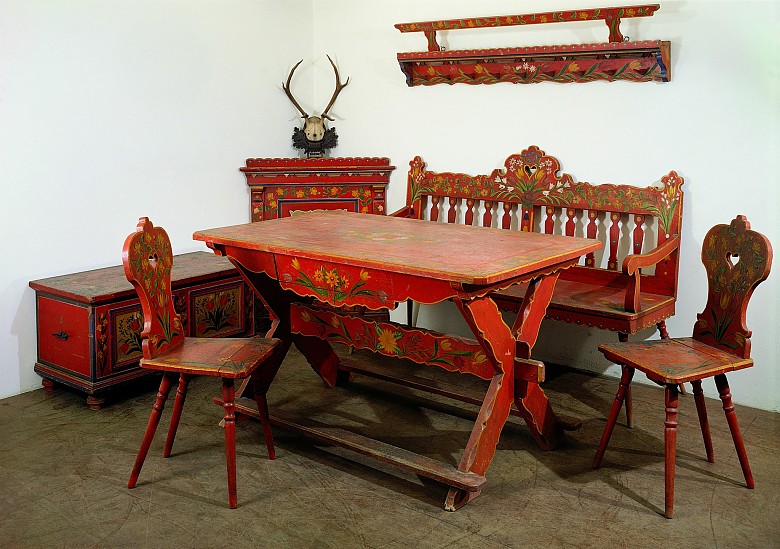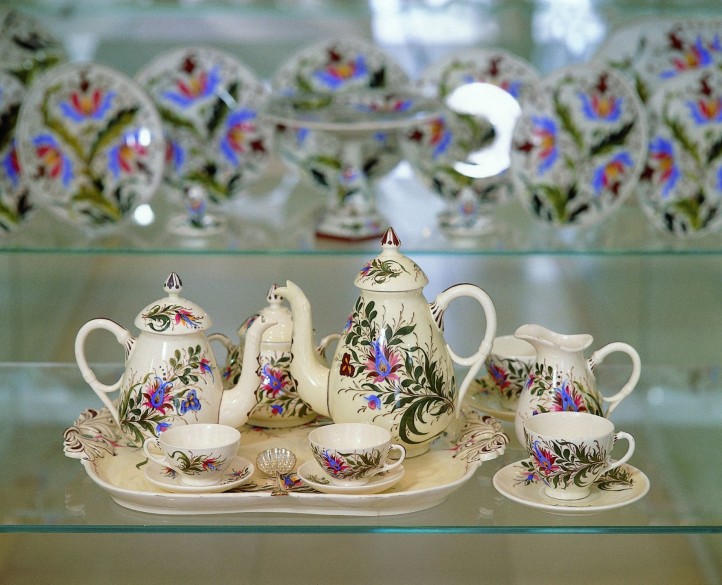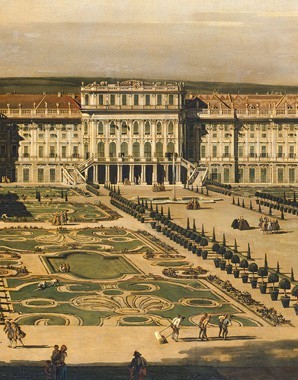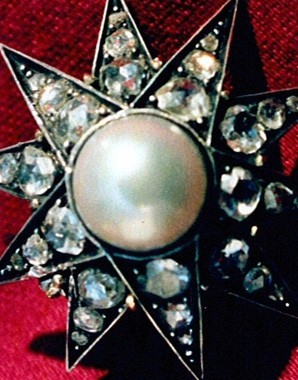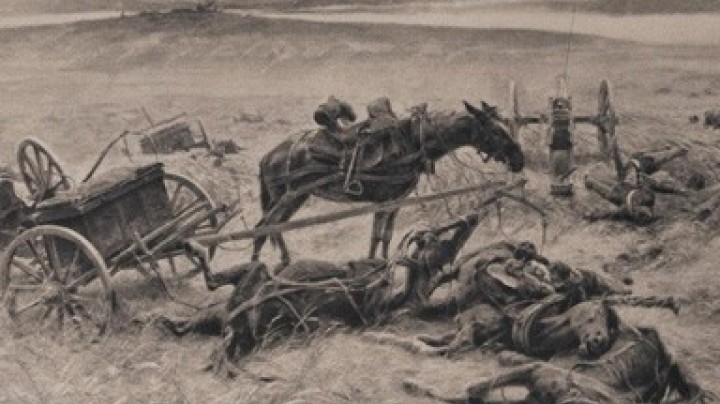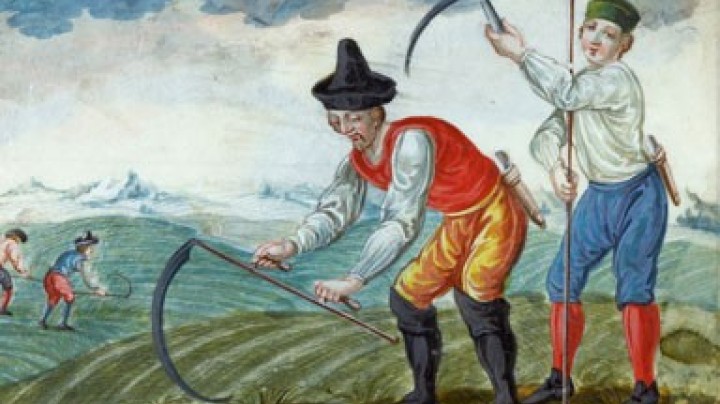Fresh milk from happy cows – the Kammermeierei
Empress Elisabeth loved fresh milk. However, she drank it only when it came from her own cows, sheep or goats. Thus Schönbrunn Palace had its own dairy, from which the imperial family was supplied with fresh dairy produce of cows originating from all corners of the globe.
Elisabeth attached great importance to her diet, principally in order to maintain her slender figure. At 172 cm tall, an impressive height for a woman of her day, she maintained her weight even after four pregnancies, and was rarely more than 47-48 kg. Fresh milk and dairy products were important components of her diet. So that the empress had fresh milk available every day, special cows of various breeds were kept for her requirements, and in order to taste which cows gave the better milk, she selected particular animals and had them brought to Vienna: Inntal, Pinzgau, Italian, French and Montafon cows, as well as Hungarian and even Greek cattle from Corfu. On her numerous journeys, Elisabeth mostly arranged for goats and sheep to accompany her.
In order to accommodate the growing number of ruminants, in 1895 the Kammermeierei was set up in the former Tyrolean Garden in the grounds of Schönbrunn Palace. The huntsman’s cottage there was extended to accommodate a cowshed, milking parlour and feed store. Elisabeth had a small apartment set up in the dairy with entrance hallway, dressing room and dining room, which contained red painted furniture decorated with floral patterns in the style of a Hungarian farmhouse dining room. In keeping with this, the empress would eat from a dinner service also bearing Hungarian floral decoration.
The complex, which also comprised a manure collection area and liquid manure tank, as well as a caretaker’s apartment, was planned for ten to twelve cows plus a bullock. By June 1896, it accommodated 26 head of cattle, of which three were bullocks, plus numerous chickens. Fresh produce such as milk, butter, whipping cream and eggs were delivered from here to the court. Thus not only the empress, but also Franz Joseph and other members of the family, were provided for. As a result, the dairy operation continued long after the death of the empress in 1898. Franz Joseph’s ‘dear, good lady friend’ Katharina Schratt was also supplied with fresh dairy products. One important user of produce from the Kammermeierei was the Imperial and Royal Confectionery (Zuckerbäckerei). In order to supply food of particularly good quality, when placing his orders the confectioner even included an indication as to the precise cow from which he wished to have milk or cream, since the quality and fat content of their milk varied considerably.
After the end of the monarchy, the Kammermeierei initially continued to operate, its earnings being channelled to the Fund for Injured War Veterans (Kriegsgeschädigtenfonds).
